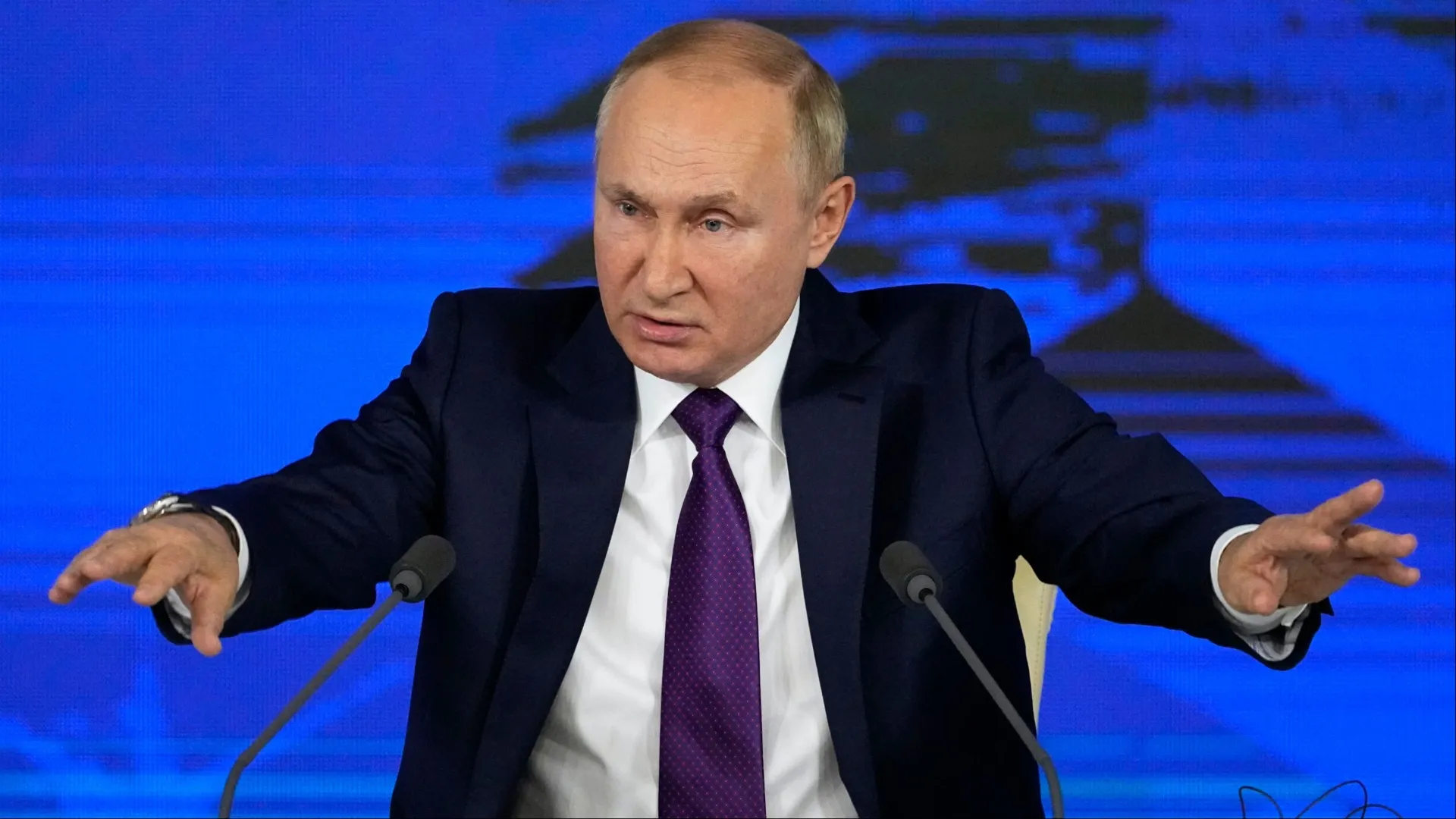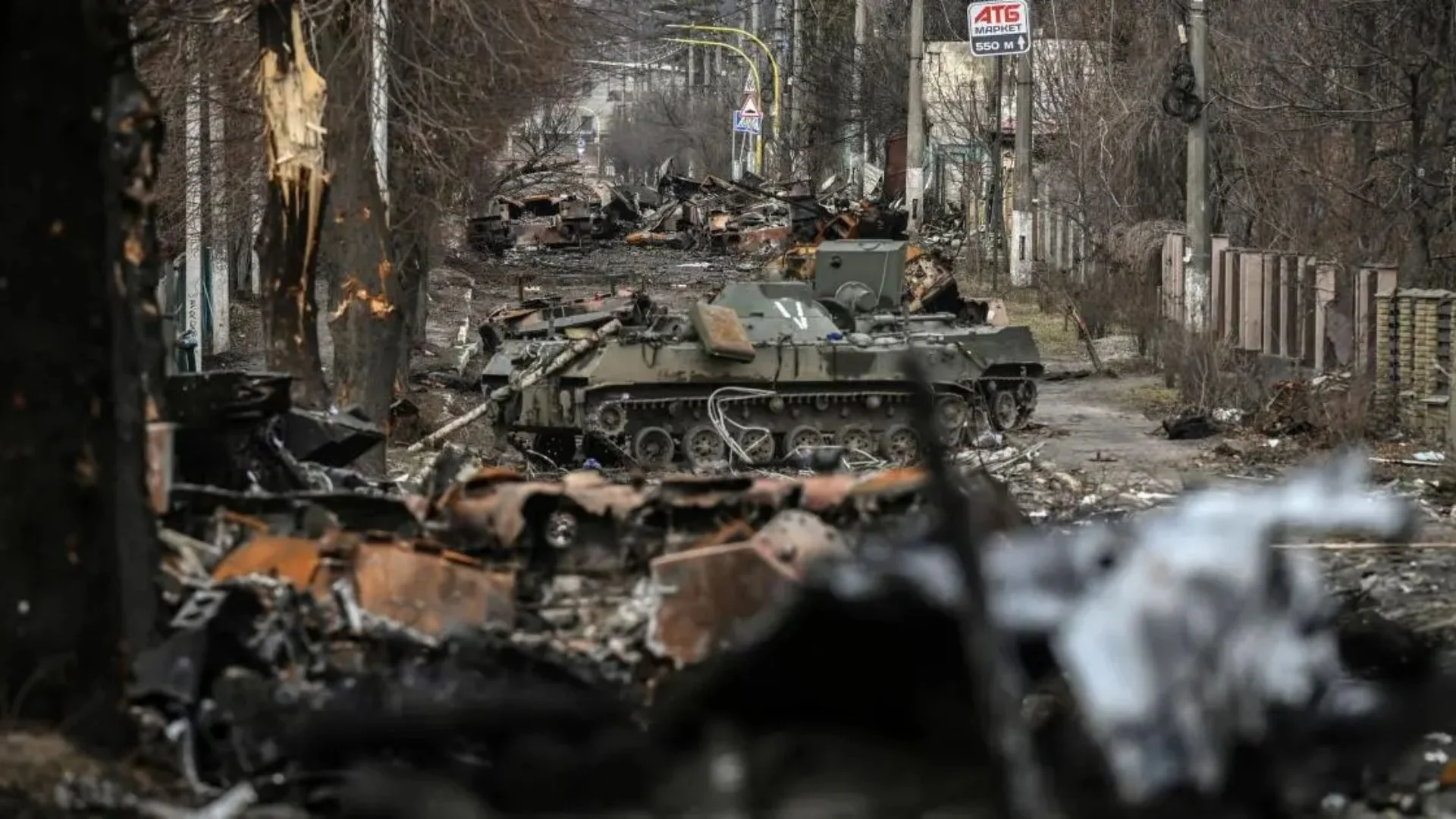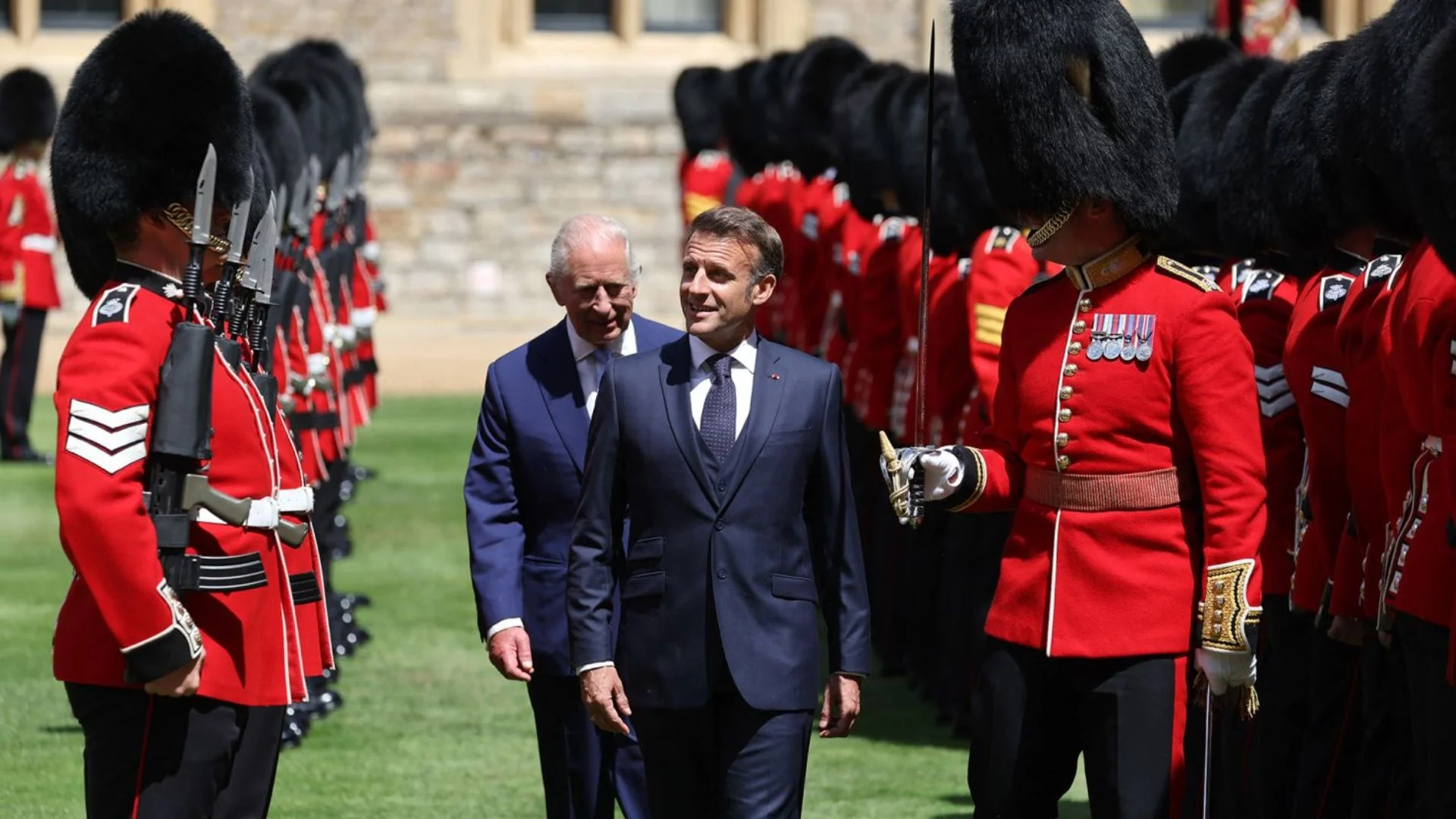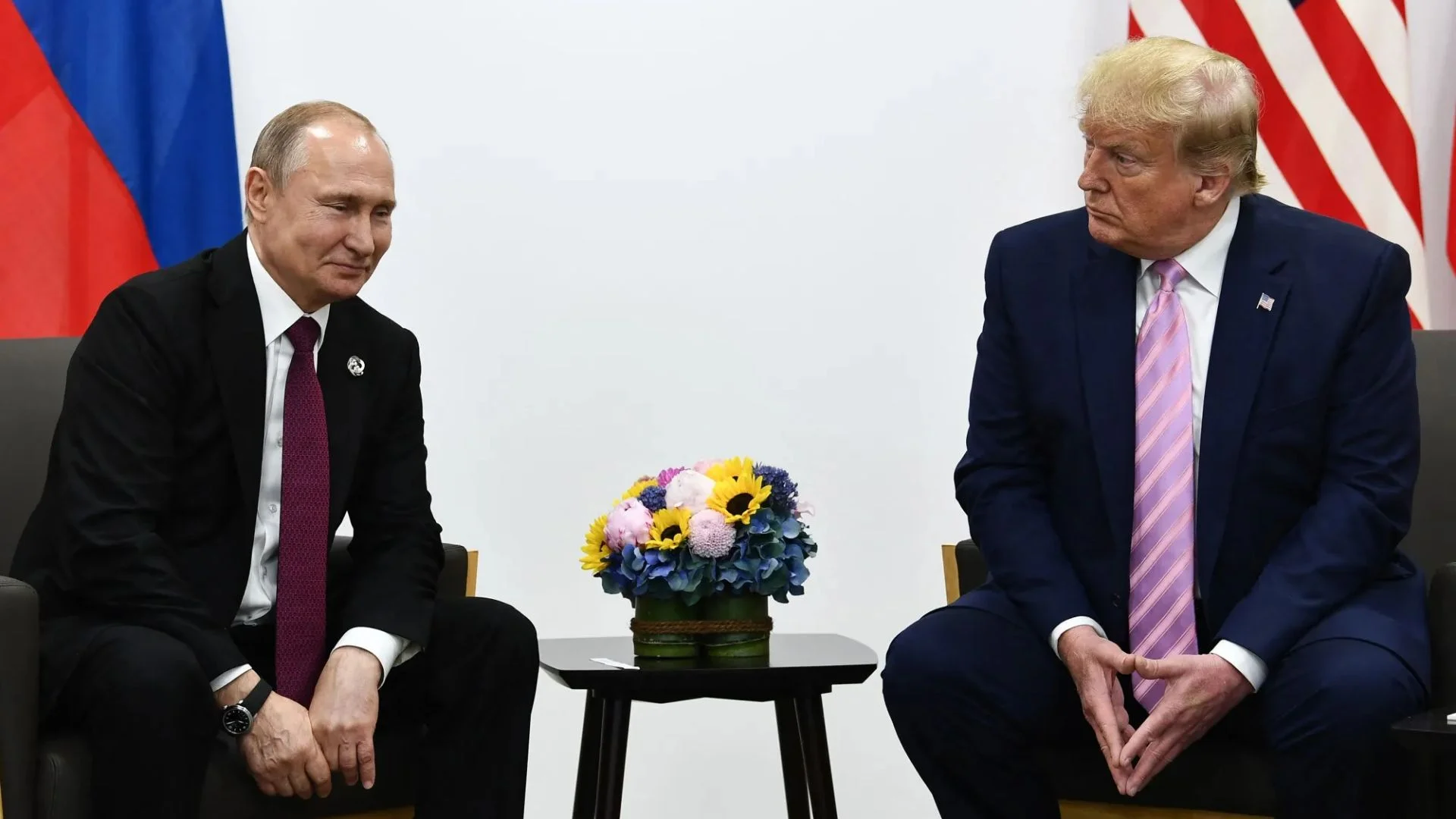While the world focuses on Iran’s nuclear program, Russia has rapidly expanded its nuclear supremacy. Despite facing sanctions and international criticism after its 2022 invasion of Ukraine, Russia has strengthened its hold on the global nuclear industry. With its state-owned corporation Rosatom, Moscow now dominates both the market for reactor exports and uranium enrichment.
This surge provides Russia not only monetary profit but also political leverage, leveraging energy dependence as a diplomatic tool and geopolitical lever. The US and European Union continue to buy Russian nuclear components even during the war, demonstrating how deeply Rosatom has entrenched itself in the international supply chain.
Putin’s Leverages Nuclear Strength as a Strategic Tool
President Vladimir Putin has made repeated nuclear threats since 2022, threatening consequences if Western powers intervene militarily in Ukraine. Although most in the West interpret the threats as bluffs, Russia’s real nuclear capabilities lend weight to the threats. Putin’s threats are supported by a fast-developing nuclear industry, enabling him to exercise global influence far beyond the battlefield.
Russia controls both pillars of the civilian nuclear sector. The World Nuclear Association states that Rosatom owns approximately 65% of the international market for nuclear power reactor exports. Meanwhile, Russia owns 44% of the world’s uranium-enrichment capability. What this implies is that Russia is able to supply both the nuclear facilities and the fuel they need to function, so its services are difficult to substitute.
Money Flows in From All Directions
Despite international tensions, Rosatom continues to receive business from countries across the political spectrum. The Economist reported in 2023 that Rosatom is constructing about 20 reactors overseas. It is building 17 of these outside Russia, in countries such as Turkey, Egypt, India, and Bangladesh.
Even adversaries fund Russia’s nuclear sector. In 2023, the United States imported nearly 25% of its enriched uranium from Russia. In the same year, World Bank figures put Russia’s revenues from enriched uranium sales at around $2.7 billion—primarily to the US and EU—and a further $1.1 billion from selling reactors and associated equipment, such as fuel assemblies containing enriched uranium.
Together, Rosatom’s foreign revenues totaled over $16 billion in 2023. Over $7 billion of that was from constructing new nuclear power plants, typically financed through Russian state-supported loans.
Dependency Brings Diplomatic Leverage
Russia’s nuclear supremacy provides it with enormous diplomatic influence. In May 2024, the European Commission vowed to table taxes or charges on Russian enriched uranium. However, the proposal was promptly resisted by Slovakia and Hungary, both of which depend on Russian-designed reactors. They cautioned that the EU’s proposal would increase the cost of energy and destabilize power supplies.
Russia has strengthened bonds by fostering long-term nuclear deals. Turkey’s 2010 contract with Rosatom to construct and run four reactors solidified the bilateral relationship. Numerous experts tied the venture to Ankara’s disputed purchase of Russian S-400 air defense missiles. In Bangladesh, Rosatom is building two reactors that will provide 10% of the country’s prospective electricity capacity—putting Bangladesh on the list of states highly dependent on Russian nuclear technology, such as Hungary and Slovakia.
The West Unveils the ‘Sapporo Five’ to Counter Russia
To counter it, the West is waging a collective effort to minimize dependence on Rosatom. Their first move is to minimize imports of Russian enriched uranium, fuel assemblies, and reactor services. The second is to increase their competitiveness in the export market.
In 2023, the US, UK, France, Canada, and Japan introduced the “Sapporo Five.” This group is committed to investing no less than $4.2 billion in building their own uranium enrichment capacity and nuclear export capability. The aim is to undermine Russia’s stranglehold by providing competitive alternatives to the international marketplace. Whether it will work is unclear—but the competition is on.






















